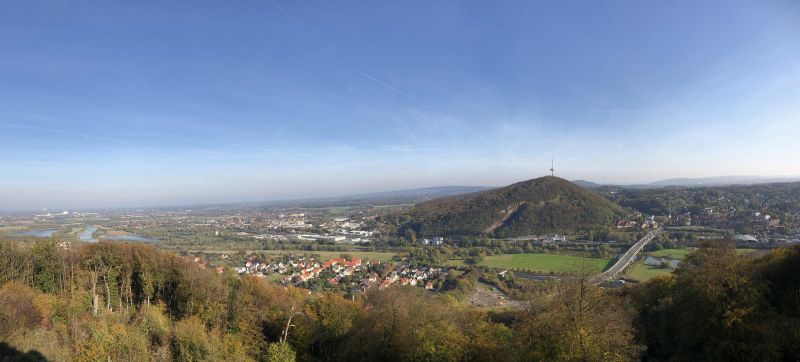Tales from the hills. The fate of Polish forced labourers at Porta Westfalica 1944/45
Mediathek Sorted






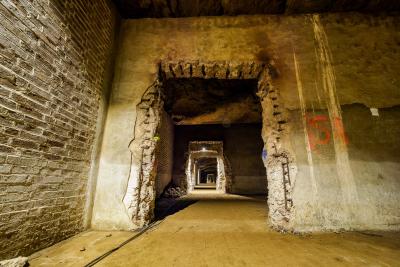
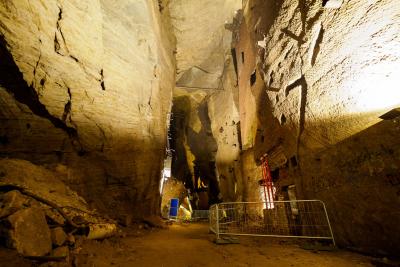

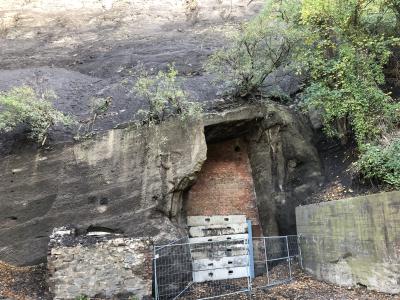

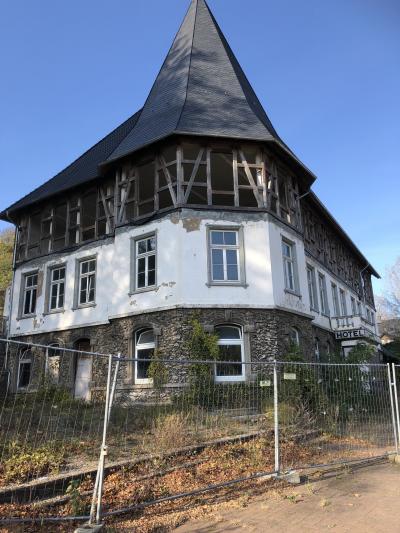

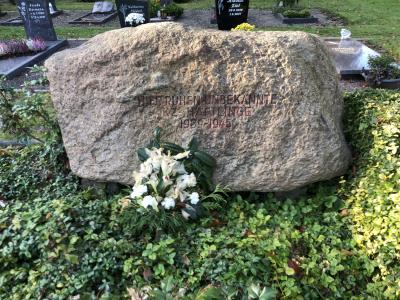

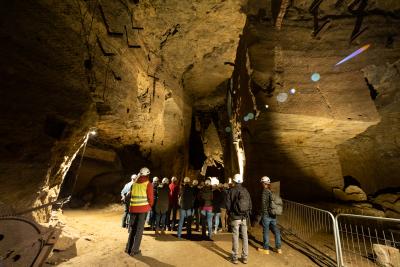

Wiesław Kielar
Wiesław Kielar, who was born on 12 August 1919 in the small Polish town of Przeworsk, was 21 years old when he was arrested by the Gestapo on political grounds. On 14 June 1940, he was one of 728 people on board the second train carrying political prisoners from Poland to the Auschwitz I concentration camp. Kielar, who was assigned prisoner number 290, spent nearly five years in Auschwitz before being transferred to Sachsenhausen concentration camp in 1944. In Sachsenhausen, labour crews were formed for specialist tasks in satellite camps.[54] Together with other Polish comrades whom he knew from his time in Auschwitz, Kielar discussed which professions would create better conditions for the concentration camp prisoners, and thus increase their chances of survival. At first, Kielar’s group applied for work in a well drilling crew, assuming that this would entail somewhat lighter work on farms, where they would have access to extra food. However, when an engineer called Siemers announced that he was looking for electricians, the group immediately changed its mind, despite knowing nothing about this field of work.
“We were just as good at being electricians as we were as well drillers. However, our instinct told us that it would be better to specialise in the field of electricity, particularly since Engineer Siemers was friendly towards us and treated us like human beings. From his demeanour, it was clear that he needed us with specific work in mind, and not to eliminate us”.[55]
In the hope of better working and living conditions, Kielar finally arrived at the Porta with the group assigned work as electricians. He was housed in the Barkhausen camp. He worked in different crews in the underground facility below the Jakobsberg hill. One of his tasks was to transport Philips machines to the upper tunnel system and to assemble them there. When the camp was evacuated on 1 April 1945, Kielar was taken to the camp in Wöbbelin, after several interim stops along the way. He and the other inmates were liberated from Wöbbelin by US troops on 2 May 1945. For Kielar, this marked the end of the nearly five-year chapter in his life spent as a prisoner and forced labourer in three different camps. Decades later, Kielar processed his experiences as a prisoner during the war by vividly writing about what he had witnessed. His memoir was published under the title “Anus Mundi”.[56] Kielar died on 1 June 1990, aged 71.
[54] See KZ-Gedenk- und Dokumentationsstätte Porta Westfalica: Wiesław Kielar, in: https://www.gedenkstaette-porta.de/?page_id=77, last accessed on 18/2/2020.
[55] Kielar, Wiesław, p. 366.
[56] See Kielar, Wiesław.





















































































